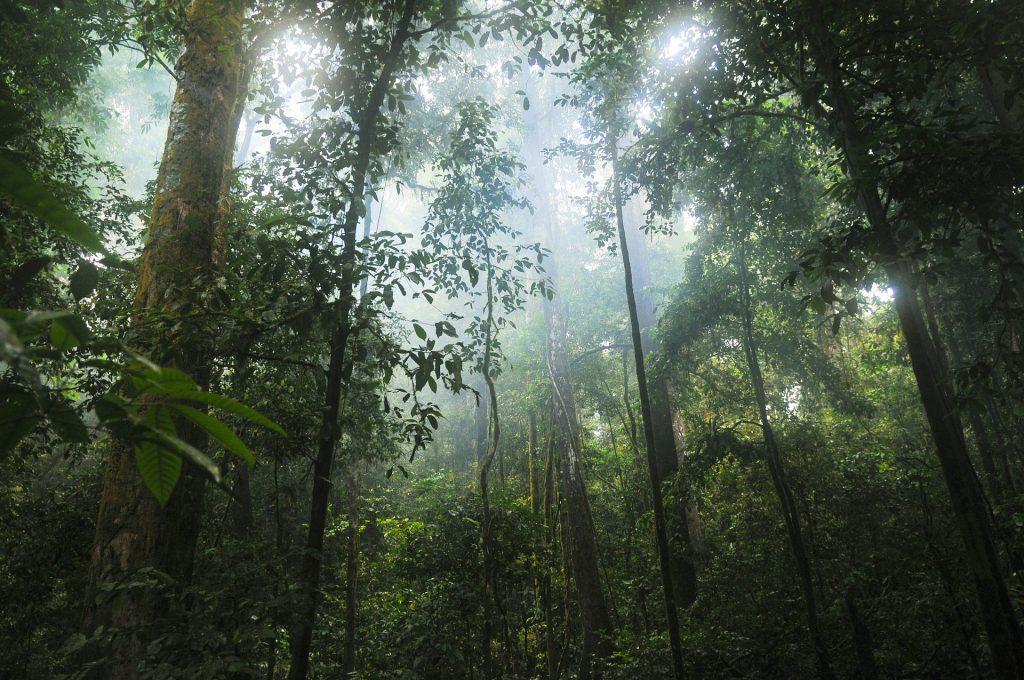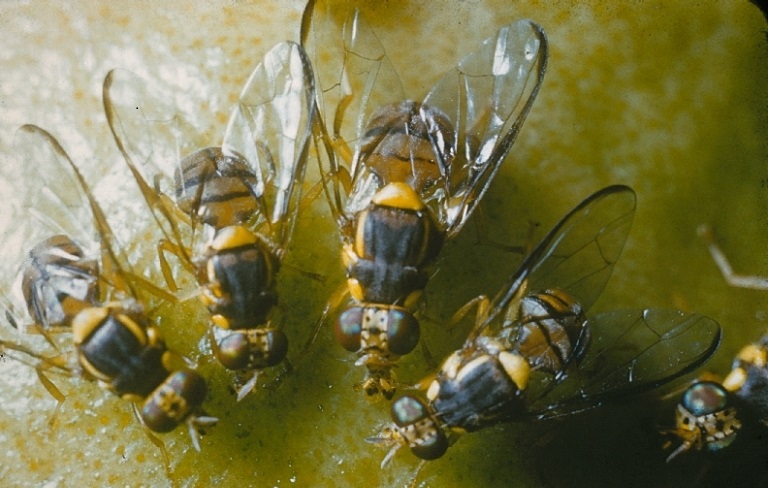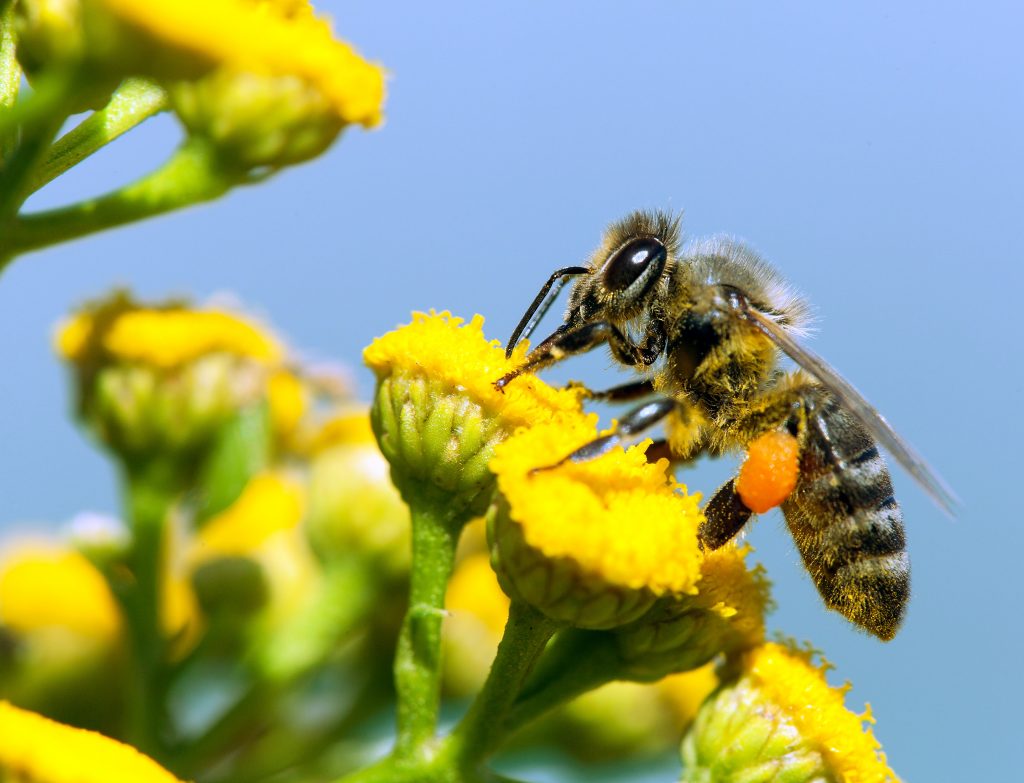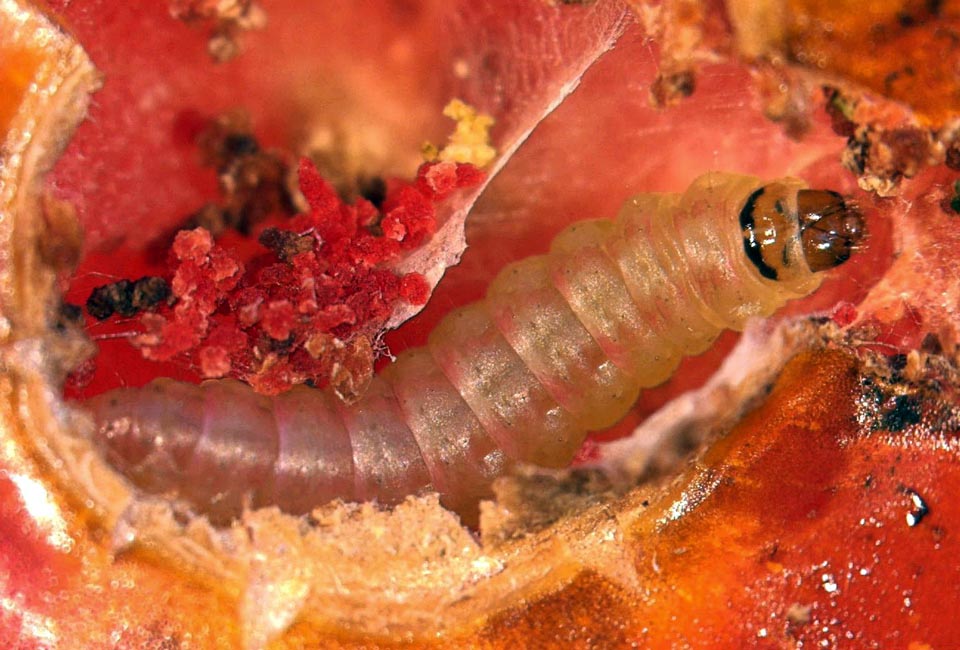Dangerous waterweed spreading in Southern Africa
By Baraka Rateng’. Reblogged from SciDev.Net. A dangerous waterweed is spreading across water bodies in Southern Africa and could soon strangle life-supporting services such as fishing if it is not controlled, a scientist says. The waterweed called Limnobium laevigatum or South American sponge plant floats on water bodies and has the potential to invade other plants and decrease biodiversity, according…
CABI shares expertise at workshop concerned with threat of invasive species to Gibraltar
Dr Pablo González-Moreno, one of CABI’s senior researchers with expertise in invasive plant ecology, has joined a workshop of international scientists concerned with investigating the invasive non-native species that pose the greatest threat to Gibraltar’s terrestrial and marine environments.
Biological control against invasive agricultural pest slows deforestation across Southeast Asia
Used as an effective method of controlling invasive species, biological control (or biocontrol) is the term given to the use of living organisms for controlling pests and invasive species. It can provide an effective, environmentally-friendly and cost-efficient way of controlling pest populations, helping to restore crop yields and farmer’s profits. However a recent study, focussing…
CABI scientists are leading the fight to control one of the UK’s most invasive weeds – Himalayan balsam
CABI experts in the field of classical biological control are leading the fight to manage one of the UK’s most invasive weeds – Himalayan balsam – thanks to the nationwide release of the rust fungus Puccinia komarovii var. glanduliferae. Dr Carol Ellison, who has over 30 years’ experience of the biological control of weeds using…
Zygogramma bicolorata released at selected sites in Pakistan as biological control of parthenium
Parthenium hysterophorus is a highly destructive weed which has invaded and is widespread in around 48 countries in Africa, Asia, and the South Pacific. In Pakistan the weed is spreading rapidly westwards and southwards across both rural and urban landscapes, affecting native ecology and harming agriculture.
Major invasive pest found for the first time on agricultural land in Europe
Eight oriental fruit flies (Bactrocera dorsalis), considered the world’s worst invasive fruit fly, have been found at two monitoring stations in Italy. Annually, there are several reports of this species being found in infested fruit in France, Switzerland and the UK, and one individual was found in a trap in an Austrian fruit market in…
CABI updates International Soft Fruit Conference on fight against devastating invasive fruit fly
CABI scientist Dr Lukas Seehausen has updated delegates at the International Soft Fruit Conference in s-Hertogenbosch, in the Netherlands, on the very latest research in the fight against the devasting fruit fly Drosophila suzukii. Dr Seehausen, a research scientist in risk analysis and invasion ecology based at CABI’s Swiss centre in Delémont, said a biological control agent – the parasitoid Ganaspis…
Invasives killed the biodiversity star
The start of 2019 brought sad news when George, the last tree snail of his kind (Achatinella apexfulva) died on New Years Day. His death highlights the plight of Hawaiian snails and epitomises the rapid decline of biodiversity on the Hawaiian Islands.
Using animals in the fight against invasive species
Whilst prevention is better than a cure, it is not always possible to stop every invasive species from entering an area. In these instances, early detection and rapid response are crucial, as management is much easier while the population of an invasive species remains small. Detection of small populations, however, can be incredibly difficult. With…
CABI scientist helps provide a comprehensive review of research on Tuta absoluta in Africa
The South American tomato leafminer, Tuta absoluta, is a devastating invasive pest of tomato crops in several areas around the world, including Africa where the problem is greatest. Given the wealth of research conducted on T. absoluta, a recent publication involving one of CABI’s scientists, Dr Marc Kenis, has compiled a comprehensive review of the…










